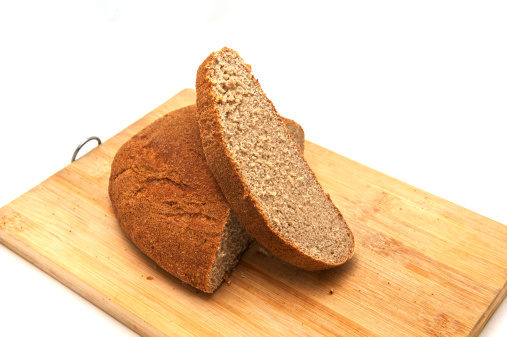Having a gluten intolerance doesn’t make grocery shopping simple, but now it may be easier for them to find foods that won’t make them sick.
Naples, Italy—Celiac disease, once thought to be quite rare, has been found in recent years to affect about three million Americans. Having a gluten intolerance doesn’t make grocery shopping simple, but now it may be easier for them to find foods that won’t make them sick.
Researchers from the University of Naples say it may not be the wheat that is the problem, but the way in which it is prepared. The study, which was published in Gastroenterology and Hepatology, found that celiac sufferers can tolerate hydrolyzed wheat flour. Thirteen people participated in the trail. For 60 days, six of them ate regular wheat products, two of them ate partially hydrolyzed wheat products, and five of them ate hydrolyzed wheat products. Two of the people who were eating regular wheat foods had to discontinue their participation in the study because they were beginning to suffer from abdominal pain, malaise and diarrhea. The patients who ate the partially hydrolyzed wheat did not complain of usual celiac symptoms, but did suffer from subtotal atrophy, which is an absence of villi that help with absorption. The participants who consumed hydrolyzed wheat flour had no symptoms or complaints, and no changes were observed in their bodies that could be pinned to wheat they were consuming.
The hydrolyzed wheat flour, which is manufactured with sourdough lactobacilli and fungal proteases, may be the answer for those who have had to sacrifice some of their favorite bread products due to celiac. Hopefully, research in this area will continue so that there will be a wide variety of hydrolyzed wheat products available to celiac disease sufferers, making life a little healthier and easier for them.
Published in WholeFoods Magazine April 2011 (online 2/24/11)










